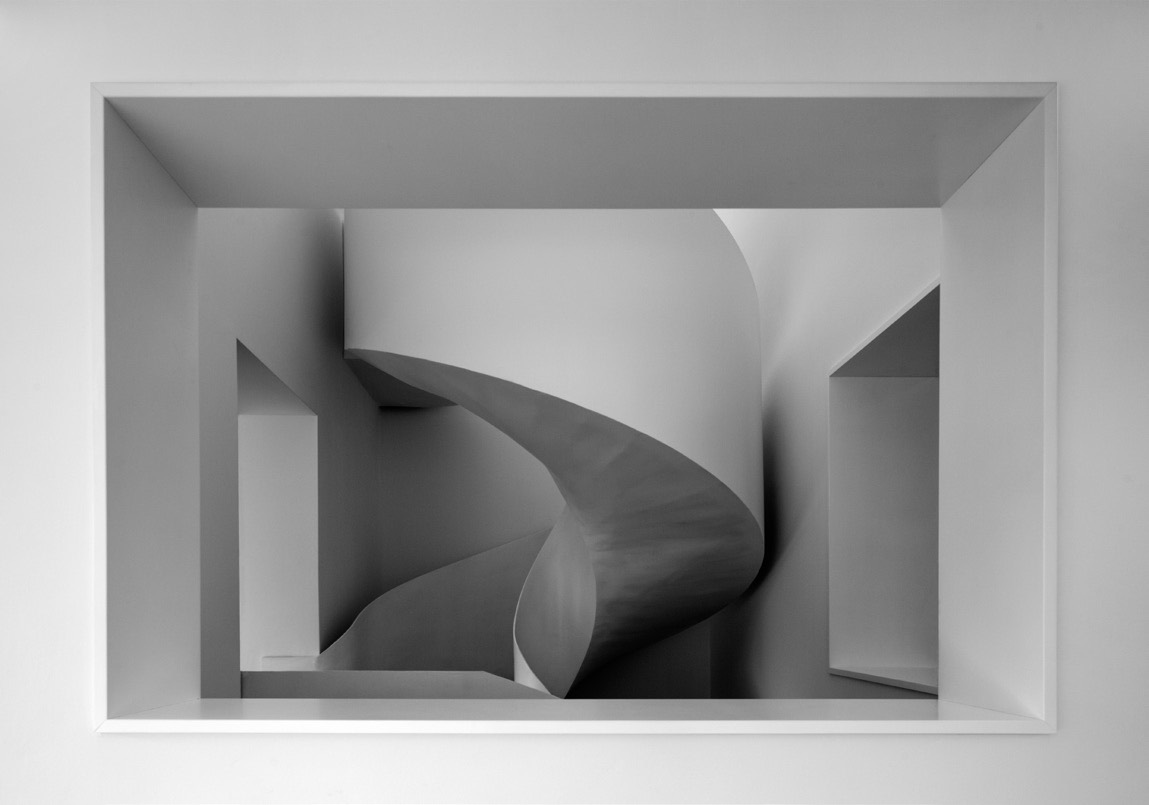Downloads
DOI:
https://doi.org/10.51588/eaaeacp.18Keywords:
reason, hand, light, shadow, myth, practiceAbstract
To grasp a beautiful thing or some difficult idea — the language clearly pronounces the hand–to–reason connection. In the world of things, this connection manifests itself in a HANDPRINT that a humble craftsman leaves on a handy mud brick, or a great artist in a perfect block of Carrara marble. In transition from essence towards presence, they leave traces thus uncovering the thingness of things: their purpose, shape and matter. The mythical lord of shadows and everything in earth lurks from the interior of a cave and comes into the light only briefly, to abduct the beautiful Proserpina. His strong grasp leaves the shadow on her white flesh, made known by the hand of Gian Lorenzo Bernini. Taking a second look into whiteness through Sir Isaac Newton’s prism, Johann Wolfgang von Goethe found color exactly in this area of diffraction between shadow and light (cave and glade; twilight at dawn and morning shine). Hence, he grasped that color is produced from the light, as much as by the thing itself on which the light falls — a property of its material and a consequence of its shape.
How to Cite
Published
Issue
Section
License
Copyright (c) 2019 Krunoslav Ivanišin

This work is licensed under a Creative Commons Attribution 4.0 International License.
References
Davey, Norman (1965) Storia del materiale da costruzione. Translated by Antonietta Mazza. Milano: Il Saggiatore
Donahue, William H. (2004) Selections from Kepler’s Astronomia Nova. Santa Fe: Green Lion Press
Evelyn – White, H.G. (2005) Hesiod, Homeric Hymns and Homerica.
Adelaide: University of Adelaide, https://ebooks.adelaide.edu.au/h/hesiod/white/complete.html.
Goethe, Johann Wolfgang von. (2008) Theory of Colours. Translated by Charles Lock Eastlake. London: John Murray, 1840, https://archive.org/stream/goethestheoryco01goetgoog#page/n6/mode/2up
Sennett, Richard. The Craftsmen. London: Allen Lane





